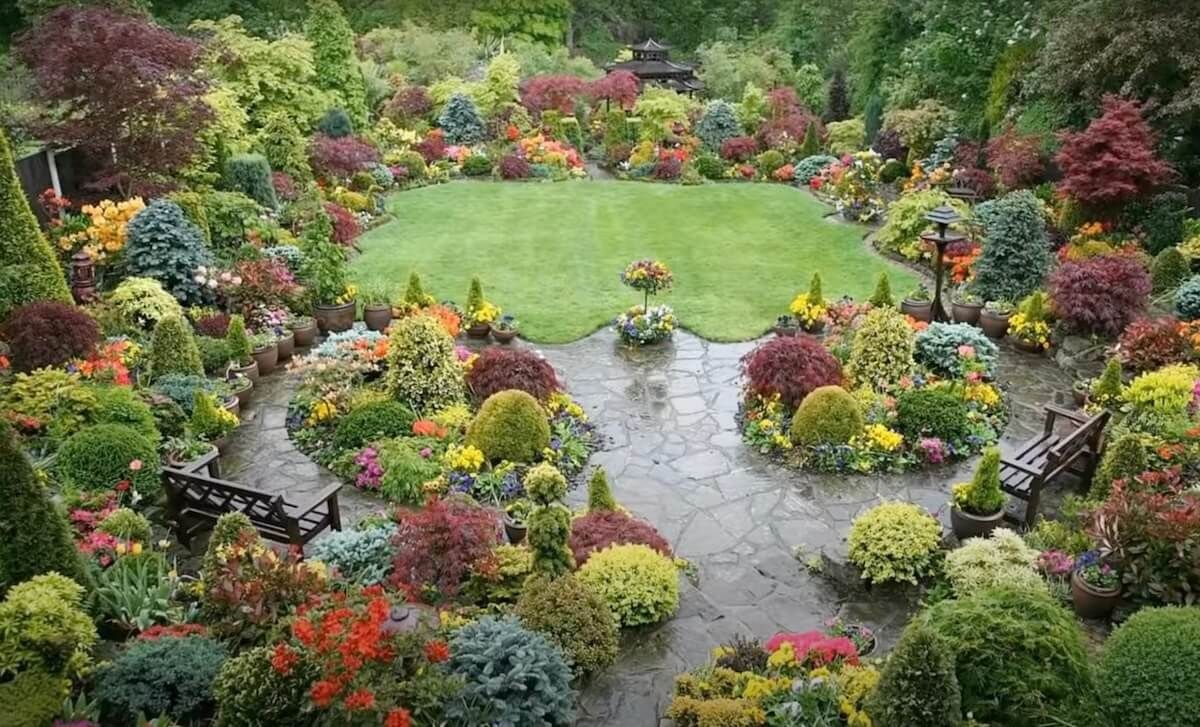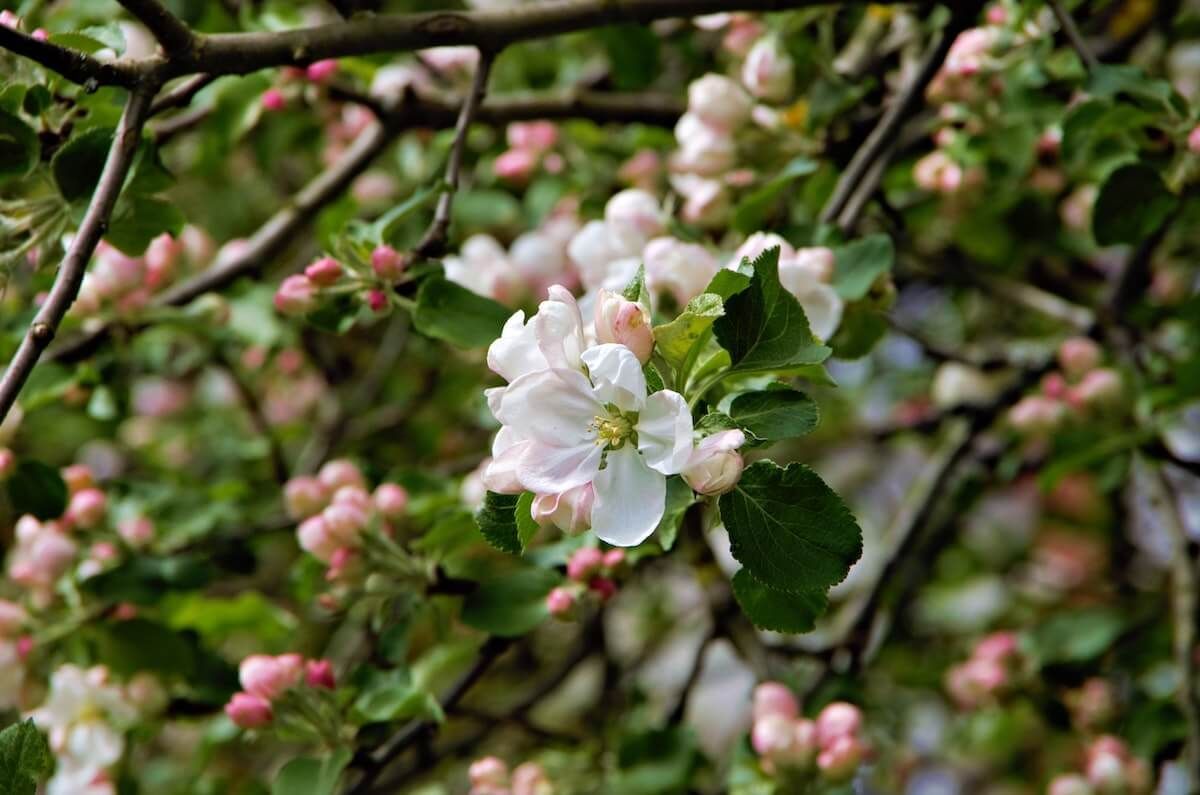Principles of Landscaping Design

Would it be possible to tell a story without a character, a point of view, a plot, or a setting? Didn't think so. Could a story move without action, conflict, or a climax? Guess it could, but that would make for a really boring story.
Landscape design works pretty much like a short story; it is composed of elements that serve as the building blocks of design and are guided by principles that help create functional and aesthetically appealing outdoor spaces.
Landscape design is the art of organizing and enriching outdoor space with plants and structures for aesthetic and/or practical purposes.
Elements and Principles of Landscape Design Landscaping
Landscape design seeks to create a balance between living and natural environments in order to derive the greatest use and enjoyment from outdoor space.
A landscape to a landscape designer is like a slab of marble to a sculptor or the insides of a home to an interior decorator; a landscape is a canvas on which the landscape designer crafts his or her masterpiece.
Elements of Landscape Design
Elements refer to the basic visual materials used to establish a design. Everything you see has either an inherent or an intended design, or a combination of both. Landscape design is defined by manipulating any of its five elements: color, line, form, texture, and scale.
Color is used to convey emotion and influences the mood and character of the overall landscape design or parts of the design. It has three properties: hue or chroma, value, and intensity.
Hue or chroma refers to the relative purity or strength of the color. Value determines how light or dark the color is, whereas intensity refers to how bright or dull it is.
The line creates order by directing eye movement or flow. Lines in a landscape design give the eye directions about where to look.
Lines may be used to draw attention to an object, divide a space, group related objects together, or separate unrelated objects in landscape design. In landscape design, these can be achieved through the arrangement of plants and borders.
The form defines the shape and structure of an object. In landscape design, the form indicates the shape of a plant and the structure of its branching pattern. Tree forms are defined by branching patterns, while shrub forms are determined by growth patterns.
Texture is the surface quality of an object. Texture is how something feels when it is touched or looks like it would feel if touched.
Both animate (plants) and inanimate objects (buildings and structures) in landscape design have texture. The coarseness or smoothness of the leaves, bark, and foliage of plants and trees and of buildings, patios, and walkways define texture in landscape design.
Scale refers to the size of an object in relation to its surroundings. Scale in landscape design is inferred by the size relationship between adjacent objects.
As a general rule in landscape design, plants and structures in landscapes should be proportional to the human scale.
Principles of Landscape Design
Principles refer to standards or prescriptions for working with or arranging various elements to produce the intended landscape design.
Good landscape design follows a combination of seven principles: unity, balance, proportion, focalization or emphasis, sequence or transition, rhythm, and repetition.
Unity refers to the use of elements to create harmony and consistency with the main theme or idea of the landscape design.
Unity gives the landscape design a sense of oneness and interconnection. Unity in landscape design can be achieved by using plants, trees, or materials that have repeating lines or shapes, a common hue, or similar texture.
However, too much unity in landscape design can be boring. Therefore, it is important to introduce some variety or contrast into the landscape design.
Balance gives the landscape design a sense of equilibrium and symmetry in visual attraction. There are three ways by which balance may be presented in landscape design.
Symmetrical or formal balance is achieved when the mass, weight, or number of objects on both sides of the landscape design are exactly the same.
Asymmetrical or informal balance in landscape design suggests a feeling of balance on both sides, even though the sides do not look the same.
Asymmetrical balance in visual attraction may be achieved by using opposing compositions on either side of the central axis.
Landscape design with radial balance has a center point. A sunflower, a wheel, and the cross-section of an orange all have radial balance.
Proportion describes the size relationship between parts of the landscape design or between a part of the design and the design as a whole.
A large fountain would cramp a small backyard garden but would complement a sprawling public courtyard.
Additionally, proportion in landscape design must take into consideration how people interact with various components of the landscape through normal human activities.
Focalization or Emphasis directs visual attention to a point of interest or prominent part of the landscape design.
This could be a hanging earth-forms sculpture, a stone-finished Corinthian garden fountain, a mass of architectural herbaceous perennials, or an elegant spruce.
Emphasis in landscape design may be achieved by using a contrasting color, a different or unusual line, or a plain background space.
Paths, walkways, and strategically placed plants lead the eye to the focal point of the landscape without distracting from the overall landscape design.
Sequence or Transition creates visual movement in landscape design. Sequence in landscape design is achieved by the gradual progression of texture, form, size, or color.
Examples of landscape design elements in transition are plants that go from coarse to medium to fine textures or softscapes that go from large trees to medium trees to shrubs to bedding plants.
Transition in landscape design may also be used to create depth or distance or to emphasize a focal point.
Rhythm creates a feeling of motion that leads the eye from one part of the landscape design to another part. Repeating a color scheme, shape, texture, line or form evokes rhythm in landscape design. Proper expression of rhythm eliminates confusion and monotony from landscape design.
Repetition in landscape design is the repeated use of objects or elements with identical shape, form, texture, or color.
Although it gives the landscape design a unified planting scheme, repetition runs the risk of being overdone.
However, when correctly implemented, repetition can lead to rhythm, focalization, or emphasis in landscape design.











